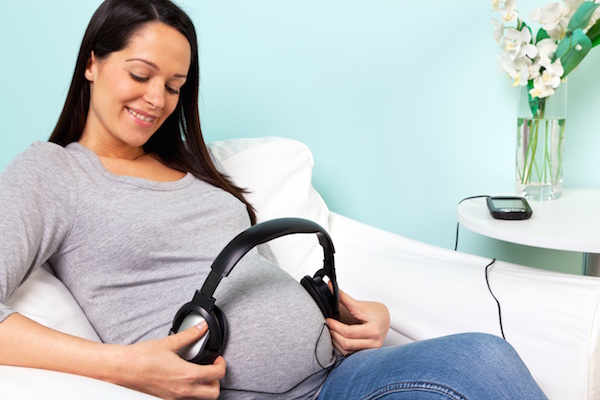
MONDAY, July 2 (HealthDay News) — About 5 million babies have been born worldwide from assisted reproductive technologies, such as in vitro fertilization (IVF) and intracytoplasmic sperm injection (ICSI), since the birth of Louise Brown, the world’s first “test tube baby” in 1978, newly released figures show.
“Five million babies are a clear demonstration that IVF and ICSI are now an essential part of normalized and standardized clinical therapies for the treatment of infertile couples,” said Dr. Anna Veiga, chairman of the European Society of Human Reproduction and Embryology and scientific director of Dexeus University Institute in Barcelona, in a society news release.
Researchers from the International Committee for Monitoring Assisted Reproductive Technologies (ICMART) based their calculations on the number of IVF and ICSI treatment cycles recorded worldwide as of 2008. Estimates were added in for 2009 through 2011, resulting in a total of 4.6 million births. As of this year, that global tally has reached 5 million babies.
The figures were scheduled for presentation Sunday at a meeting of the European Society of Human Reproduction and Embryology in Istanbul, Turkey.
With IVF, an egg is removed from a woman and placed with sperm in a test tube. If successfully fertilized, it results in a zygote/embryo that is implanted in the woman’s uterus. Intracytoplasmic sperm injection is an IVF treatment in which the sperm is injected directly into the egg.
Dr. David Adamson, from Fertility Physicians of Northern California, USA, and chairman of ICMART, said it’s clear the technology has been highly successful in treating infertile patients. “The major barriers to access are economic, and societal in some situations. IVF is firmly established now in the mainstream of medicine,” he said.
Success rates from a single, “fresh” treatment cycle of IVF and ICSI have stabilized at about 32 percent pregnancy rate per embryo transfer, according to the research.
Dr. Anna Pia Ferraretti, chairman of the society’s IVF Monitoring Consortium, noted the number of embryos transferred has declined significantly and low multiple rates will be maintained.
“The overall trend in Europe of transferring fewer embryos continues,” she said in the news release. “We found in 2009 that, compared with previous years, fewer three-embryo transfers and more single embryo transfers were performed. As a result of this trend, [assisted reproductive technology] triplets have fallen below 1 percent, and, for the first time, the twin delivery rate was below 20 percent (19.6 percent).”
In terms of countries performing assistive reproductive technologies, Japan and the United States are the most active. But Europe is the most active region, the study authors noted. Treatment cycles in Europe, the researchers revealed, grew from 532,260 in 2008 to 537,287 in 2009. Availability in Europe is also close to 1,000 cycles per one million people, more than the United States.
Globally, 1.5 million assisted reproductive cycles are performed each year, resulting in about 350,000 babies annually, the researchers said, noting the numbers continue to climb.
Data and conclusions of research presented at medical meetings should be considered preliminary until published in a peer-reviewed medical journal.
More information
The U.S. National Library of Medicine has more about IVF.

